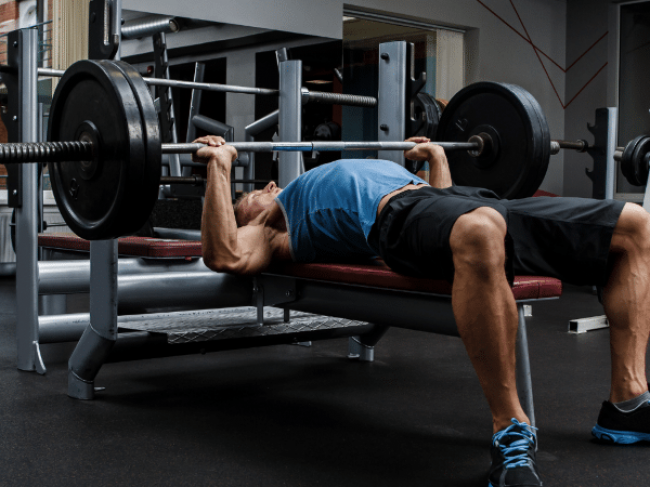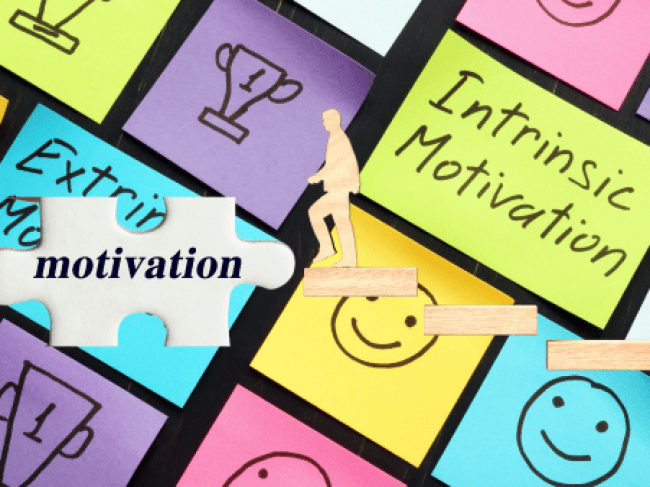What is the Fitness ?
What is the Fitness ?
Fitness … Your unconscious tells you that putting it into practice could be beneficial to your body. And it’s right ! The fitness aims at the improvement of the cardiovascular performances, but also a work on the silhouette and on the physical condition as a whole.
Under the term fitness are grouped a plurality of activities that they are individual, such as cardio aerobic exercises, bodybuilding, stretching or collective, with zumba, step, abs-glutes, body fight or other declination aimed at improving fitness.
The fitness activities allow you to lose weight, work the whole body, to build up muscles, to relax, to work on your stamina, your cardio, to clear our mind…
It is ultimately to promote the well-being of participants and their overall form.
What are benefits of Fitness
Under the name of fitness are gathered many activities. For those who have the opportunity, the ideal is to couple several to work the body as a whole.
– Stretching : promotes relaxation of the muscles and their resistance while releasing muscle tension. In the gyms there are stretching classes whose movements can be played at home.
– Bodybuilding : allows you to firm up the body and tone it while pushing its physical limits. We opt for guided machines in gyms or for body-weighted movements at home.
– Aerobic exercices / Cardio : works resistance such as aerobics, running, biking and skipping rope burn calories, improve one’s physical and cardiovascular fitness while boosting one’s body.
Top 10 fitness exercises to burn calories
Find all the latest information, trends, methods to improve your fitness on our fitness blog.
Treadmills

If you run at 5 mph you burn between 480 and 710 for one hour. For 7.5 mph you can burn between 750 and 1,110 calories. Depending upon your weight.
Rowers

A 125 Lbs person with a moderate rythm can burn around 400 calories/hr.
A 240 Lbs with vigorous intensity can burn up to 800 cal/hr.
Biking exercises
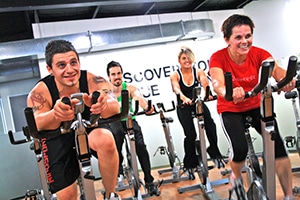
Doing indoor cycling at a vigorous rate burns 630 and 932 calories per hour.
Elliptical Cross training
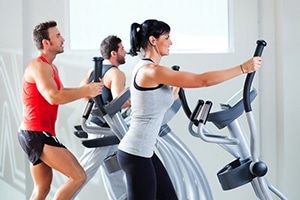
1 hour on the elliptical can burn 540 to 800 calories or more.
Stair climbers
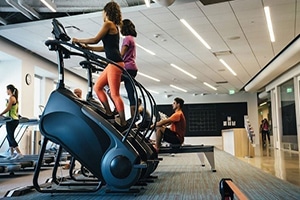
For example, climbing a stair treadmill burns between 360 and 532 calories in one hour. As all exercises, it depends on your weight and the intensity.
Power Plate

A 60-minute vibration session burns about 290 calories for a 150-lb person.
175-lb person : 320 cal/hr
200-lb person : 372 cal/hr.
Step Aerobic

A 125-pound person can burn about 420 calories/hr.
A 155-pound person : about 520 to 744 calories/hr.
A 185-pound person : about 622 to 888 calories/hr.
Jacob’s ladder
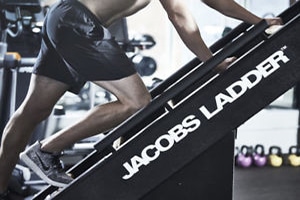
One of the best fat burner, Jacob’s ladder can make your burn up to 1 000 calories per hour.
Trampoline
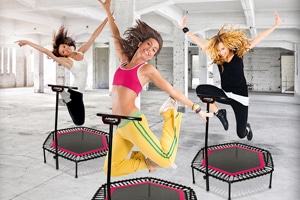
For a trampoline use with high intensity, men burn aroud 660 calorie and women 498 calories per hour
Jumping rope

Famous because of boxers, the jumping rope stay the best way to burn calories.
For 1-hour exercise, you burn 500 to 1 200 calories depending on your weight and intensity.
If you want more precision about calories burned by exercise go on this website Calorie Calculators
More information about Fitness
The fitness activities are of greater or lesser intensity to allow all to practice them. For a simple fitness, to strengthen your abs or to let off steam at the end of the day, fitness helps you to achieve your goals according to your needs and desires. Thus, those who like to let off steam in music on crazy choreographies will opt for zumba or step, those who want to evacuate stress by toning will prefer the body fight and for a deep body work, but gently, fitness sports aquatic are advised. We think in particular of aquabiking.
- Consider your fitness goals. Are you starting a fitness program to help lose weight? Or do you have another motivation, such as preparing for a marathon? Having clear goals can help you gauge your progress and stay motivated.
Assemble your equipment. You’ll probably start with athletic shoes. Be sure to pick shoes designed for the activity you have in mind. For example, running shoes are lighter in weight than cross-training shoes, which are more supportive.
If you’re planning to invest in exercise equipment, choose something that’s practical, enjoyable and easy to use. You may want to try out certain types of equipment at a fitness center before investing in your own equipment.- Create a balanced routine.The Department of Health and Human Services recommends getting at least 150 minutes of moderate aerobic activity or 75 minutes of vigorous aerobic activity a week, or a combination of moderate and vigorous activity.
- Start low and progress slowly. If you’re just beginning to exercise, start cautiously and progress slowly. If you have an injury or a medical condition, consult your doctor or an exercise therapist for help designing a fitness program that gradually improves your range of motion, strength and endurance.
- Build activity into your daily routine. Finding time to exercise can be a challenge. To make it easier, schedule time to exercise as you would any other appointment. Plan to watch your favorite show while walking on the treadmill, read while riding a stationary bike, or take a break to go on a walk at work.
- Plan to include different activities. Different activities (cross-training) can keep exercise boredom at bay. Cross-training using low-impact forms of activity, such as biking or water exercise, also reduces your chances of injuring or overusing one specific muscle or joint. Plan to alternate among activities that emphasize different parts of your body, such as walking, swimming and strength training.
- Allow time for recovery. Many people start exercising with frenzied zeal — working out too long or too intensely — and give up when their muscles and joints become sore or injured. Plan time between sessions for your body to rest and recover.
- Listen to your body. If you feel pain, shortness of breath, dizziness or nausea, take a break. You may be pushing yourself too hard.
- Put it on paper. A written plan may encourage you to stay on track.
Monitor your progress. Retake your personal fitness assessment six weeks after you start your program and then again every few months. You may notice that you need to increase the amount of time you exercise in order to continue improving. Or you may be pleasantly surprised to find that you’re exercising just the right amount to meet your fitness goals.If you lose motivation, set new goals or try a new activity. Exercising with a friend or taking a class at a fitness center may help, too


